Yuanlin is a modest settlement of approximately 125,000 residents located on the Changhua Plain (彰化平原) in eastern Changhua, Taiwan. It was formerly the most populous urban township in the nation, but Yuanlin was upgraded to a county-controlled city in 2015, second only to the administrative capital, Changhua City. Considerable work has been done in recent years to improve the urban environment of Yuanlin, and it feels like one of the few places between Taichung and Tainan that isn’t falling into disrepair and emptying out. That being said, urban decay remains widespread in Yuanlin, and there are many interesting ruins worth exploring before they disappear. For students of city planning and development this compact city also has quite a lot to offer—and in this post I aim to introduce some of its more intriguing features, mainly drawing upon photographs from 2013 to 2015, when I was spending significant amounts of time in the area.
Let’s begin with a brief history of Yuanlin. Although the area has been inhabited by Taiwanese Indigenous people for millennia, Yuanlin enters recorded history with the establishment of Changhua County in the early 18th century1. Yuanlin literally means “round forest”, but there are competing theories about the exact origins of the name; it may have referred to an area of woodland cleared around the burgeoning market town shortly after it was founded, or perhaps it was an allusion to a type of circular, fortified dwelling constructed by the earliest Chinese settlers2. The development of the city accelerated under Japanese rule, and Yuanlin emerged as a regional financial center and transportation hub in the early 20th century. During the post-war economic boom it became known across Taiwan for its preserved fruit industry, light manufacturing, and, more recently, a surprising concentration of wealthy residents3.
Now let’s survey some of the many historic sites in town, starting with Yuanlin First Market (員林第一市場), one of the few remaining colonial red brick marketplaces in Taiwan4. It was constructed in 1935 and remains open to the public, though most vendors have migrated to the more modern structures surrounding the dilapidated colonial market. The former entrance is hidden from the street, and somewhat difficult to capture on film due to poor lighting beneath the sheet metal roofing. Many shutters look like they haven’t come up in decades and there is a stench of decay in the air. Still, it’s a fascinating structure to explore, and it’s almost criminal that the Changhua government has yet to designate it a heritage property worthy of preservation.
There are several interesting old shophouses in the area around the train station. Perhaps the most obvious of these is the former Yuanlin Transportation Co., Ltd. (員林運輸股份有限公司) on Guāngfù Street (光復街), immediately in front of the train station. A few more can be found along Zhōngshān Road (中山路), including a row of shophouses that was originally a hospital. It was eventually sliced into individual units, one of which was transformed into a credit union, and finally a pizzeria.
One of the most striking features of the urban environment of Yuanlin can be seen immediately in front of the railway station. Look straight ahead from the main exit and you can’t miss the ruins of the Golden Empire Building (黃金帝國大樓), an immense 14-storey entertainment complex built in the late 1980s and completed around 19915. In its heyday it was home to movie theaters, gaming parlours, cram schools, a dance hall, an ice skating rink, a swimming pool, an indoor playground, and the usual assortment of banquet restaurants and karaoke venues commonly found in similar buildings around the nation6. The building suffered extensive damage in the devastating 921 Earthquake of 1999, and many of its businesses closed shortly thereafter, precipitating a long period of decline and the abandonment of the higher levels. By 2015 there were only a few seedy shops on the ground floor, a motley collection of street food vendors ringing the property, and an underground parkade still in operation. The rest of the structure remains derelict, awaiting the reconciliation of the dozens or even hundreds of shareholders7.
I was a witness to many of the changes that reshaped the railway service in Yuanlin in recent years. Previously the Western Trunk Line (縱貫線) bisected the city at ground level, restricting the flow of crosstown traffic to tunnels, bridges, and level crossings, but a major railway elevation project was completed in 2014. The new Yuanlin Station (員林車站) soon opened, and the last remnants of the old station, dating back to the 1960s, were demolished. Several works of public art debuted at the new station, including a quirky piece by Japanese artist Yayoi Kusama, intriguingly titled I’m Walking Out the Door in My High Heels to Go See My Boyfriend.
Other traces of railway history can be found not far from the central station. Head south and west and you will find the crumbling ruin of South Yuanlin Station (南員林站), a modest wooden building dating back to 1933. This was the transfer point for the Yuanlin Line (員林線) of the narrow gauge Taiwan sugar railway system. Apart from conveying sugarcane and refined sugar to and from the factory in Xihu, approximately 10 kilometers due west, this line also provided limited passenger service until 1973. In 1996 it was completely shut down, and after a period of disuse the dual gauge railway was torn out to create an extensive bike path. I’m not entirely sure what the orange archways are meant to signify; is this perhaps a reference to the famous torii tunnel of Fushimi Inari Taisha in Japan?
Head north along the main trunk line and you’ll reach the immense Yuanlin Railway Granary (員林鐵路穀倉; informally: 員林立庫), a seven-storey reinforced concrete grain silo completed in 1976. It was one of perhaps ten trackside granaries built during the Taiwan Miracle, a period of explosive economic growth, and is one of only two left8. While it was in operation it was capable of storing 10,500 metric tons of grain, and inventory was managed by computer control. The opening of the Port of Taichung (and its many warehouses) undercut the need for the silo, and after remaining idle for many years it was designated a heritage property in 2003. This is a bit of a surprise; the relevant cultural authorities are not always so quick to protect elements of Taiwan’s post-war industrial history, particularly not something so big and ugly! Apparently plans are afoot to transform it into a museum and a tourist attraction of some kind.
East of the old railway silo is the relatively nondescript but well-preserved Yuanlin Fruit Inspection Office, built in 1934. It was one of several quality assurance offices built in the vicinity of Yuanlin Station, and it attests to the importance of the town as a transshipment point for a variety of products in the colonial era. Today it continues to serve its original purpose as a branch of the Ministry of Economic Affairs9.
Hidden behind the busy thoroughfares at the heart of downtown Yuanlin is the impressive Bǎo’ān Hospital (保安醫院), built in 1936 by Céng Chūnquán (曾春泉), a doctor educated at the Taiwan Governor-General’s Office Medical School (臺灣總督府醫學校; now the National Taiwan University School of Medicine 國立臺灣大學醫學院). Four storeys in height, it was the tallest building in town when it was finished, but it is no longer visible from the street. Modern shops have colonized what would have been an impressive front yard many decades ago, and the former entrance to the hospital has been completely enclosed; access is only possible from an alleyway around back.
Zhāng Family Residence (張氏洋樓; also known in Japanese as the Yuanlin Mayor’s Mansion 員林街長官邸) is another historic building lost in a maze of alleyways not far from the bustling commercial streets of downtown Yuanlin. This was the first of many impressive buildings constructed by Zhāng Qīnghuá (張清華), who rose to prominence as a wealthy businessman, politician, and landowner around the turn of the century. It likely dates back to 1912, although there appears to be some uncertainty about the exact date of construction in the historic record. From the sounds of it, hardly anything happened in Yuanlin without his involvement in the latter half of the Japanese colonial era. Sadly, his most beautiful residence, Shǔyuán (曙園), was demolished in 2012. Inexplicably, it remains an empty lot across from a seedy KTV (pictured later in this article).
Xìngxián Academy (興賢書院) is a newly restored Qing dynasty era private school situated within Yuanlin Park (員林公園). It traces its history back to 1807, when a temple venerating Lord Wénchāng {文昌帝君), the god of examinations, was established at this location. This temple soon became a center of study for the surrounding area, particularly after members of the local gentry10 raised funds to renovate the structure and formally convert it into an academy in the early 1880s. It continued to serve as a meeting place for intellectuals well into the new century despite the introduction of public schooling in the Japanese colonial period.
After the war the property underlying Xingxian Academy was confiscated by the ROC government, part of extensive land reform projects, and the academy was effectively abandoned to fate. People in desperate need of housing moved in, and the structure soon became an unsightly slum11. Eventually the cultural value of the former academy became widely recognized, but before preservation efforts could get under way, it was almost completely destroyed in the 921 Earthquake. Following this disaster the remaining tenants were evicted (with compensation) and the academy was completely rebuilt from the ground up, opening to the public in the mid-2000s. These days it continues to provide study space in the wings—and Wenchang remains enshrined in the main hall.
I knew little of Taiwanese temple culture back when I was spending a lot of time in Yuanlin—so I could hardly believe my eyes when I rounded a corner and saw a giant god looming over the streets of south-central Yuanlin. This is Héngwén Temple (衡文宮), home of a 72 foot-tall statue of Xuán Wǔ (玄武), a Taoist warrior-god associated with the season of winter and the north. There is much to say about this temple so I encourage you to read my full post; it is among the most interesting folk religious sites I have visited in Taiwan.
Yuanlin is also one of the first places I saw bùdàixì (布袋戲), traditional glove puppetry often performed in Taiwanese Hokkien (not Mandarin Chinese). These shows are typically staged from the back of a blue delivery truck12, an iconic sight across rural Taiwan. Many puppet shows are one-man operations with recorded music, song, and dialogue piped over a rudimentary sound system, although I’ve seen a few old masters performing the speaking parts themselves. The performance takes place regardless of whether any mortals are looking on—ultimately this is entertainment for the gods and spirits residing in the nearest temple, some of which are known to be especially fond of puppet shows13.
It is fairly common for even the most well-developed cities in Taiwan to contain traces of an agrarian past, and Yuanlin is no outlier. Jiāng Family Jìyáng Hall (江家濟陽堂) is a gorgeous old sanheyuan (traditional Taiwanese courtyard home) hidden in the alleyways immediately to the east of the only movie theater still operating in town, the Yuanlin Cineplex (員林影城). Its exact date of construction is unknown, but I’d estimate that it was probably built in the 1920s given the pebble-washed surfaces on the portico. While taking these photos an old woman who still lives here invited me in for tea, which was quite an interesting experience! I’m always intrigued to find historic homes like this one still embedded in the matrix of the modern city, and it was a special treat to step inside and enjoy some snacks and smalltalk as the sun slipped behind the surrounding buildings.
Several wooden dormitories dating back to Japanese times can also be found scattered around town. Such homes were typically constructed next to government offices, police stations, and schools, and it is fairly routine for city officials to assign heritage status to at least a handful of these former residences. Here in Yuanlin the best-preserved example is now the Police Museum (警察故事館), which exhibits historic artifacts and information related to the National Police Agency of Taiwan. I can’t comment on whatever might be found inside; despite visiting this museum on several occasions I have never found it open. Maybe next time…
Businesses in Taiwan may close but their signs often remain, littering the urban landscape with small reminders of past glories. This particular sign hangs over a parking lot next to a grocery store on the eastern side of the city, marking the entrance to a derelict KTV (karaoke bar) by the name of Hǎoláiwù (好萊塢), a transcription of the English place name Hollywood.
Yuanlin is also home to an unusual number of abandoned places worth writing about, several of which have already been featured on this blog. The most notorious of these is the Yuanlin Hospital (員林醫院), a fixture of popular media accounts of haunted sites around Taiwan. Yuanlin Credit Union (員林信用合作社) is another interesting ruin worth exploring, and the aforementioned Yichang Cannery (義成罐頭工廠) provides a glimpse into the industrial history of the area. There’s no guarantee any of these abandonments will remain by the time you read this—Yuanlin is changing fast, and clearing out these ugly abscesses is a priority for the city government.
I was a frequent visitor to Táifèng Night Market (台鳳夜市) until it relocated to the north side of town in 2015. Prior to that it was situated next to the railway granary, but the location was a little awkward to get to and there wasn’t much room for parking. Even so, it was always an interesting experience seeing trains rumble by meters from the booths at the back of the market. Nowadays it is known as Lóngdēng Night Market (龍燈夜市), and it is still famous for its stinky tofu, which has a distinctive black skin14.
Speaking of food, not long after I began visiting Yuanlin I became a regular at Xiè Mǐgāo (謝米糕), a popular local eatery across from the cineplex. It was my introduction to a particular style of simple Taiwanese fare: rice cakes, breaded pork with a side of sliced ginger, clear soup, and tea eggs. This restaurant closed down around 2015, but not for lack of business, as you can see from the photo—the owner had simply decided it was time to retire.
Yuanlin is generally considered an unremarkable and even boring town by expats and locals alike, a reputation I am seeking to dismantle with this post. My explorations of the urban landscapes of Taiwan are premised on the notion that every place is fascinating in some way, but you may have to do some work to find out what makes a particular locale interesting or even unique. In many ways Yuanlin was a proving ground for developing this approach, for it was among the first mid-sized cities in Taiwan where I spent a fair amount of time just hanging out (as opposed to passing through). Slowly but surely I became more aware of my surroundings and what distinguished them from other places—and after five years of ongoing study in pursuit of satisfying my curiosity, I am glad to finally share some of my findings from this modest city in central Taiwan.
- The Qing took a renewed interest in Taiwan following a 1721 rebellion led by duck farmer Zhū Yīguì (朱一貴). This led to the partition of Zhūluó County (諸羅縣), up until then a mostly ungoverned and poorly-demarcated territory north of Tainan and west of the Central Mountain Range. Everything between Hǔwěi River (虎尾溪, to the south) and Dàjiǎ River (大甲溪, in the north) became Changhua County, and shortly thereafter Yuanlin appears in the record books. ↩
- An intriguing theory about the origin of the name is that it is a corruption of 圓樓仔, which literally means “round building”. Names had a habit of shifting around in the early pioneering days, as different Chinese immigrant groups spoke different languages, and few settlers were literate. Apparently some of the earliest settlers in the Yuanlin area were Hakka people from Raoping County in easternmost Guangdong. These people may have constructed rudimentary dwellings similar to tǔlóu (土樓), which are often round. As more Minnan speaking settlers arrived the name became Uân-nâ-á (圓林仔), which was later simplified and Mandarinized to the form we know today. ↩
- Despite appearances Yuanlin is one of the richest cities on a per capita basis in all Taiwan. This article (in Chinese, of course) explains this unexpected finding, citing a culture of frugality and the many profitable industries in the surrounding districts: tires, bicycles, socks, gardening supplies, and fruit. They note that the uncle wearing an undershirt and flip flops riding a scooter around might very well be a billionaire! (Keep in mind that one US dollar is worth about 25 New Taiwan dollars, so a local “billionaire” is by no billionaire by American standards.) ↩
- There are many other markets tracing their histories back to Japanese times but only a few of these are made primarily with red brick. Beidou is home to another great example of this style, but the most famous of these is the Ximen Red House (西門紅樓) in Taipei, which dates back to 1908. Other Japanese colonial markets include Chiayi East Market and Tainan West Market, previously document on this blog. ↩
- The Golden Empire Building occupies the former site of the Yuanlin Township Office (員林郡役所), a Western-style building constructed in 1930 and converted into a police and fire station sometime after the war. It was demolished in the 1980s. ↩
- Huge entertainment complexes were a common feature next to major train stations throughout Taiwan in the 1980s and 1990s. I’ve documented the ruins of several such buildings around the country including: Qiáoyǒu Building (喬友大廈) in Changhua City; Qiānyuè Building (千越大樓) in Taichung; Dòuliùmén Building (斗六門大樓) in Douliu; and Fùyǒu Building (富有大樓) in Taitung City. ↩
- People often ask why there are so many abandoned buildings in Taiwan, but the answer is often quite mundane: shareholders need to agree to refurbish, demolish, or sell a property, and it is fairly common for lawsuits to slow the process of determining the ultimate outcome. ↩
- Dounan Railway Granary (斗南鐵路穀倉) in Yunlin (not to be confused with Yuanlin) is the other remaining grain silo in Taiwan. This granary was also derelict for many years, although it wasn’t exactly abandoned—unscrupulous operators turned it into an illegal waste dump, filling it slag and fly ash. ↩
- Information about the history of this building is somewhat limited; the best I found is this blog, which gives this full name: Taichung Prefecture Fruit Industry Association Yuanlin Inspection Office (台中州青果同業組合員林檢查所). Nowadays it is officially the Yuanlin Office of the Taichung Branch of the Inspection Bureau of the Ministry of Economic Affairs (經濟部檢驗局台中分局員林辦事處). ↩
- Fundraising efforts were overseen by several scholar-officials who had passed the imperial entrance examinations, achieving the rank of xiùcái (秀才). ↩
- This seems to have been a common fate for many historic sites around Taiwan. Huángxī Academy (磺溪書院), just across the county line in Taichung, is another example of an academy that was left in ruins after the war and nearly destroyed by the 921 Earthquake. ↩
- These blue delivery trucks are informally known as fācáichē (發財車), literally “get rich car”! They are locally manufactured by China Motor Corporation and often based on Japanese designs. ↩
- Xiǎonán City God Temple (小南城隍廟) in Tainan is famous for its frequent puppet shows. Incidentally, the god who loves puppet shows is Zhu Yigui, the same anti-Qing rebel mentioned in a previous footnote! ↩
- This would be the infamous Mainland Chinese-style black-skinned stinky tofu (大陸黑皮臭豆腐). More about the night market can be found here. ↩
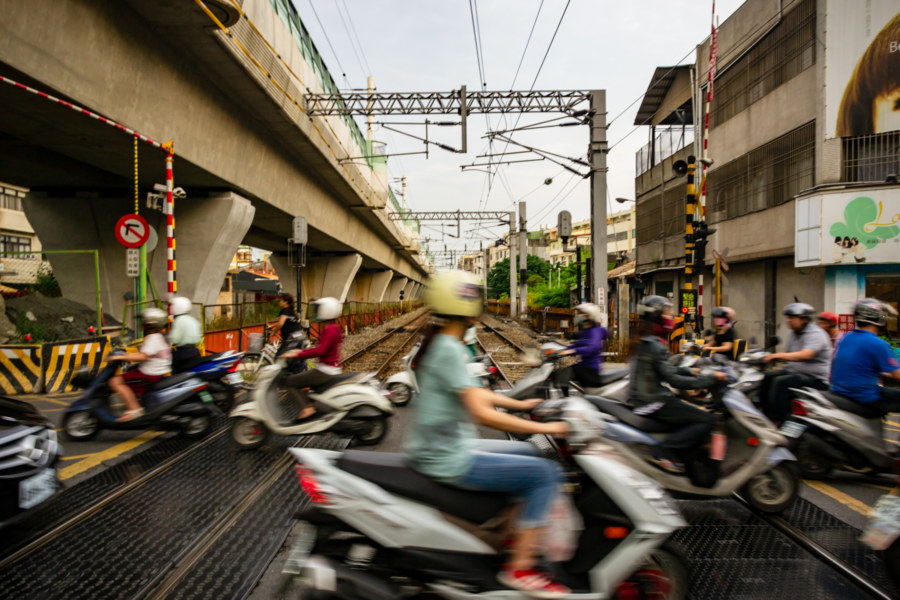
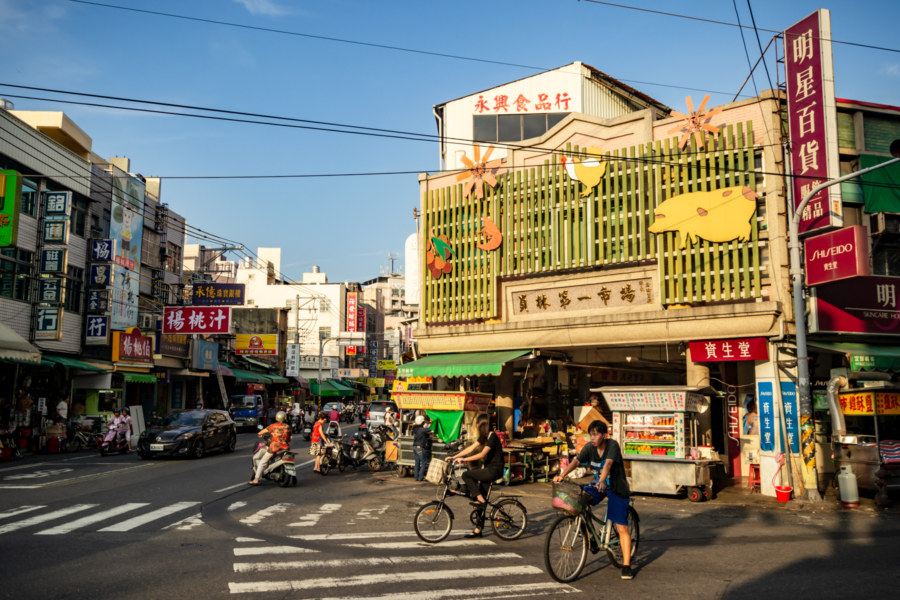
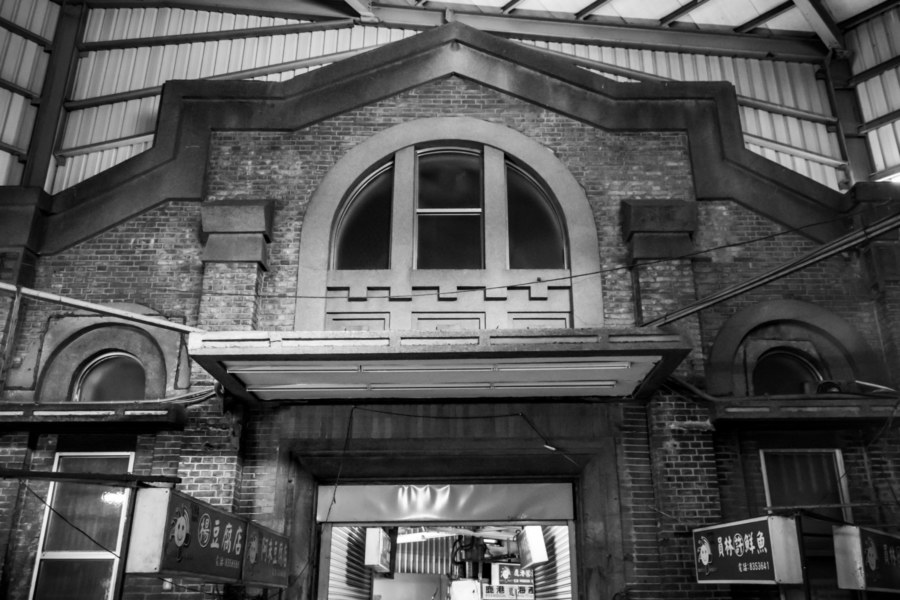
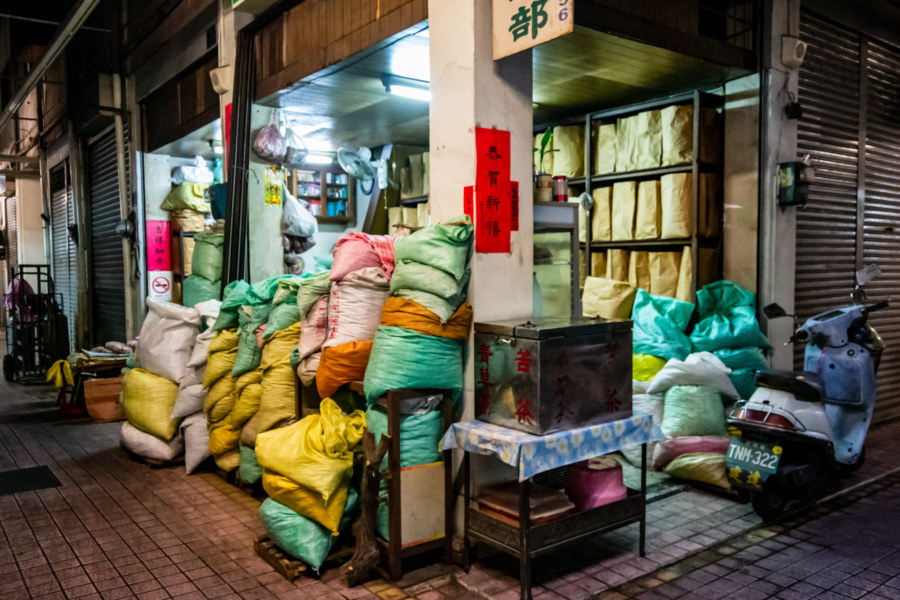
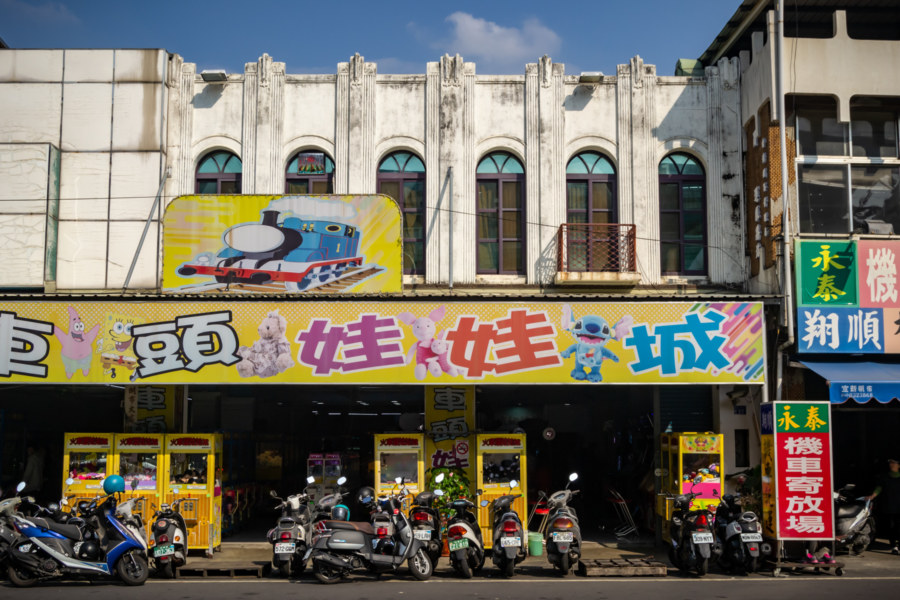
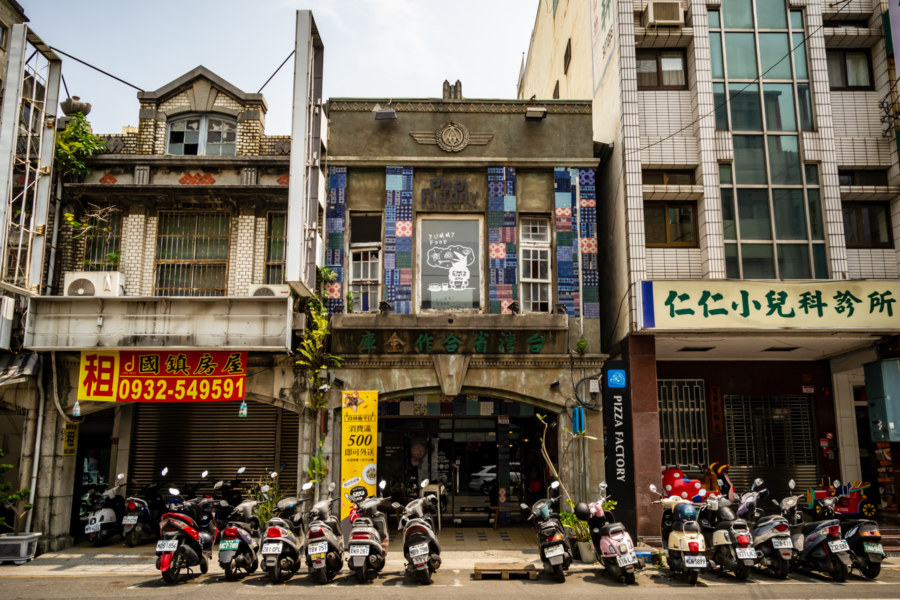
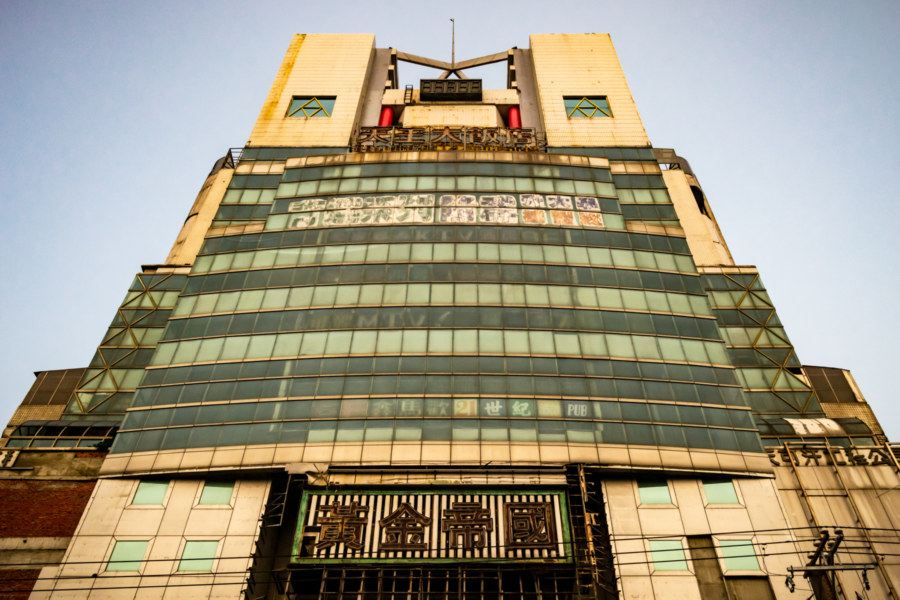
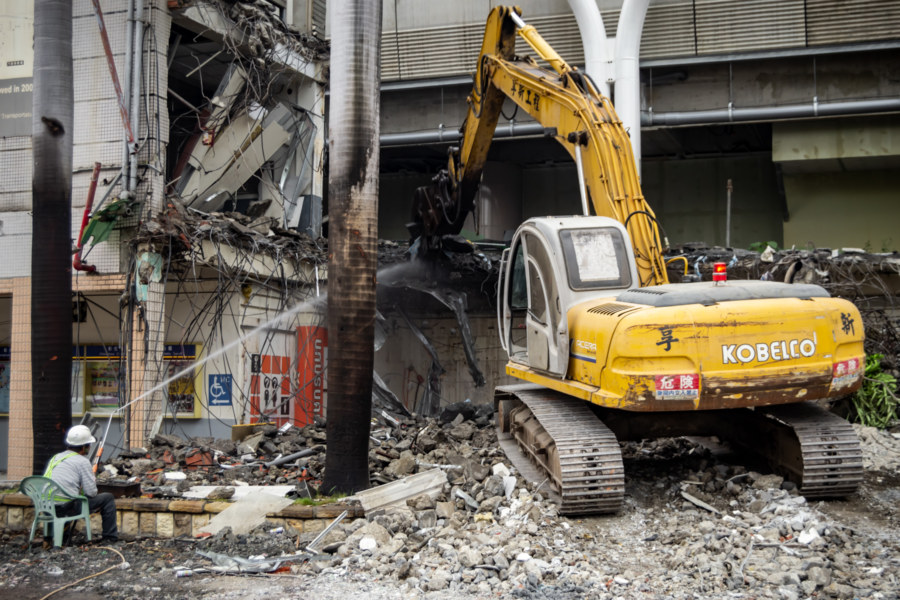
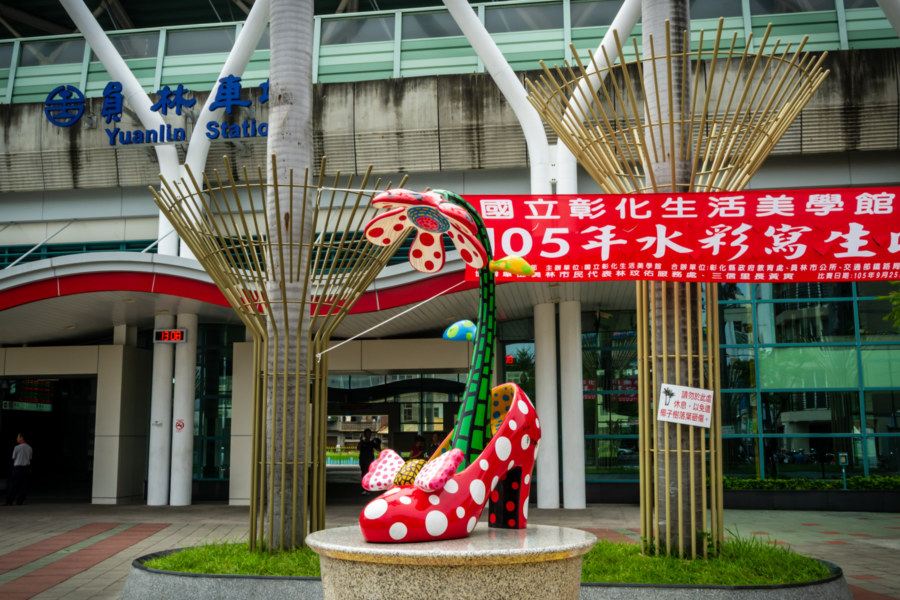
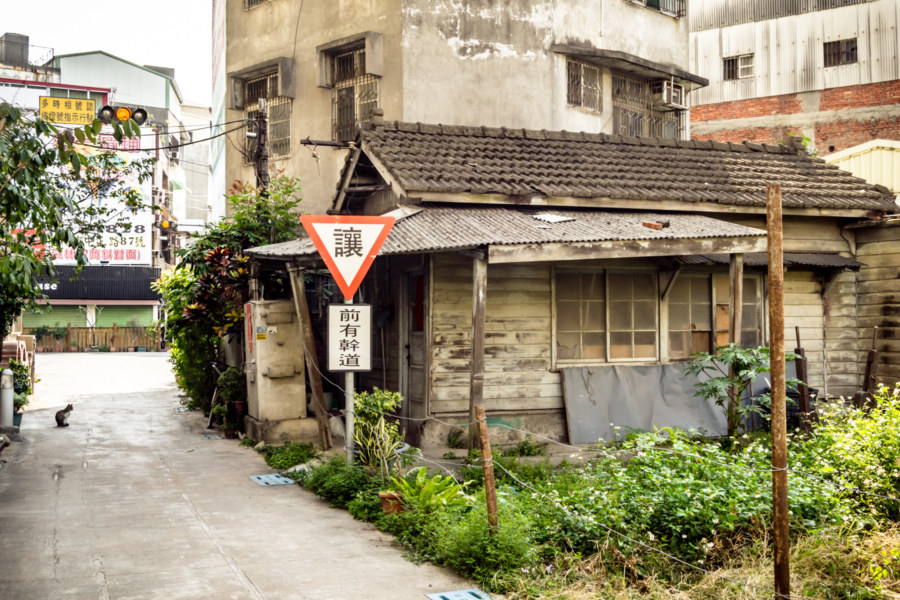
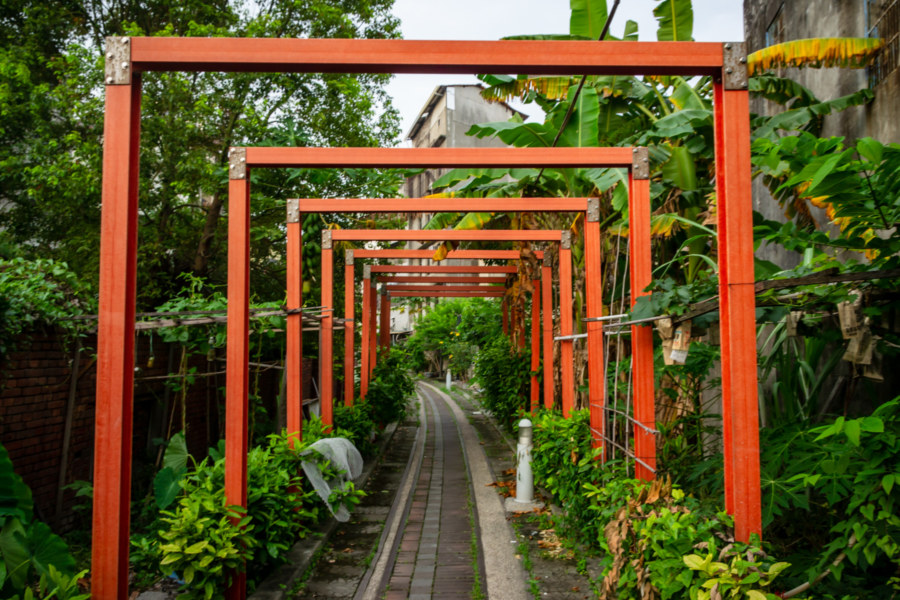
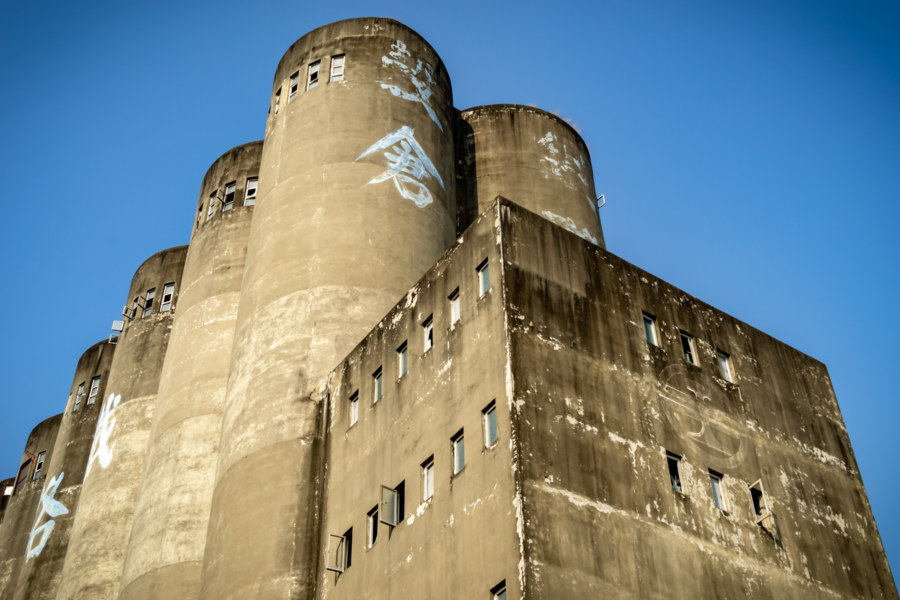
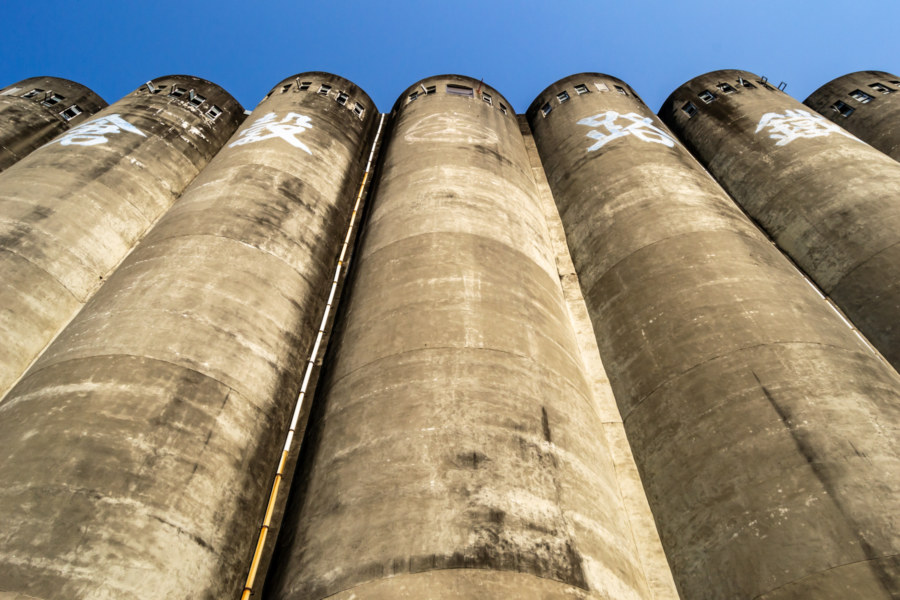
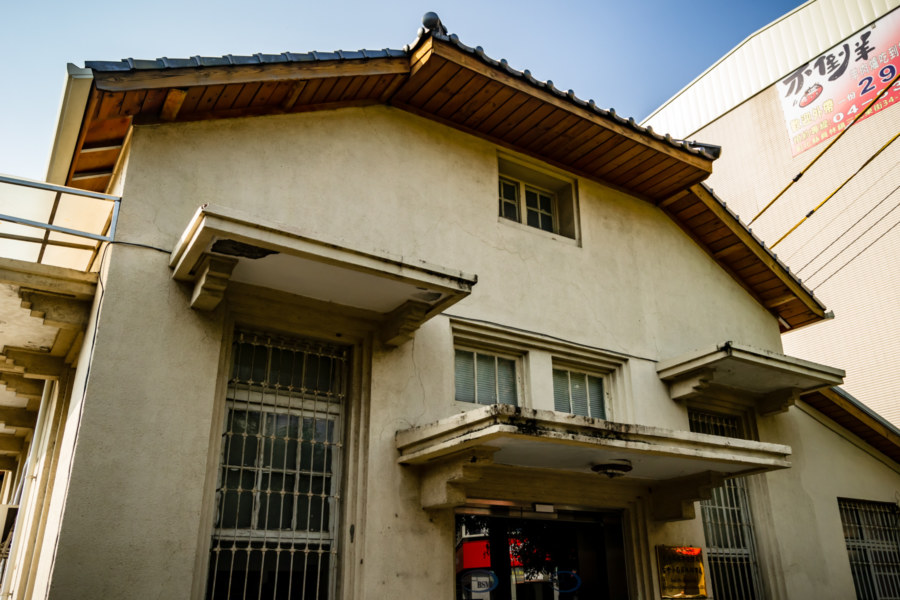
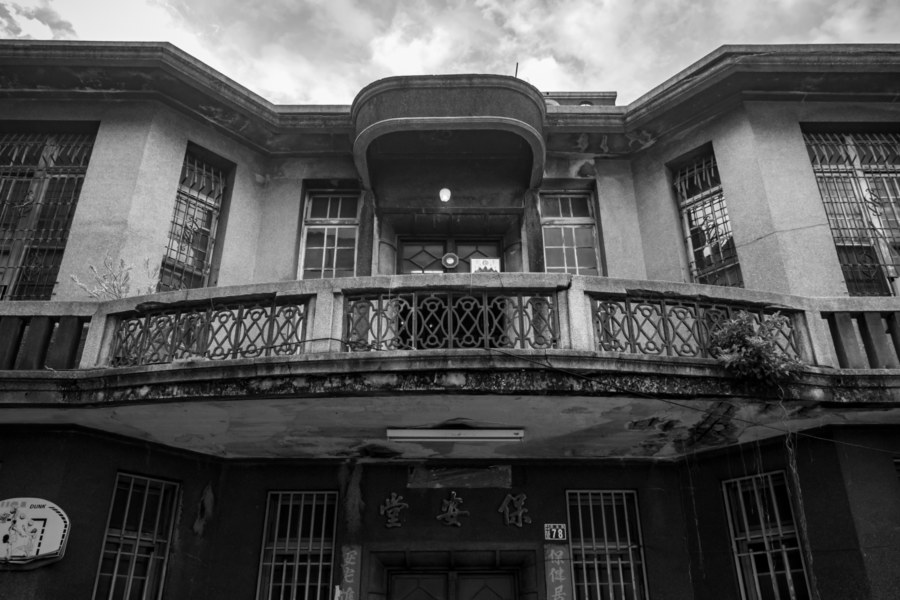
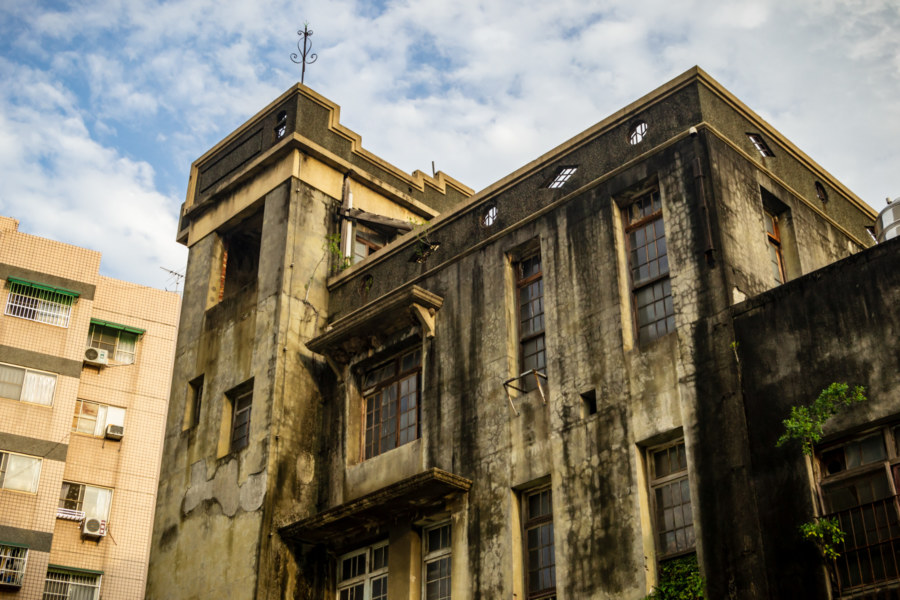
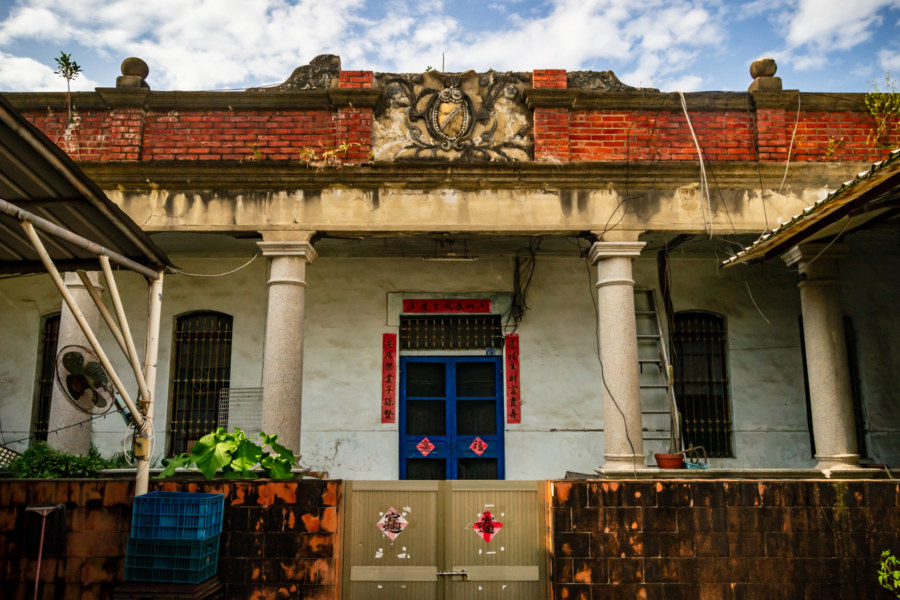
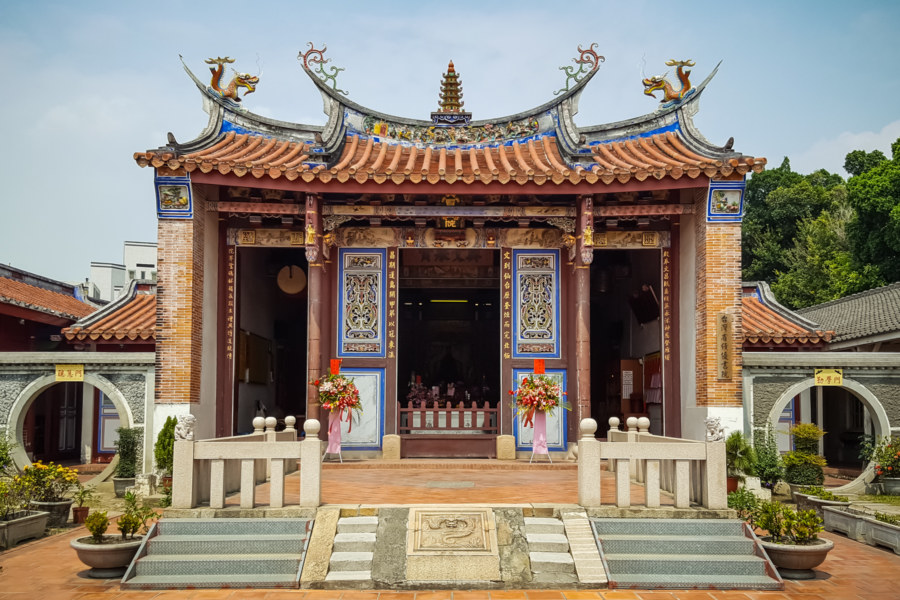
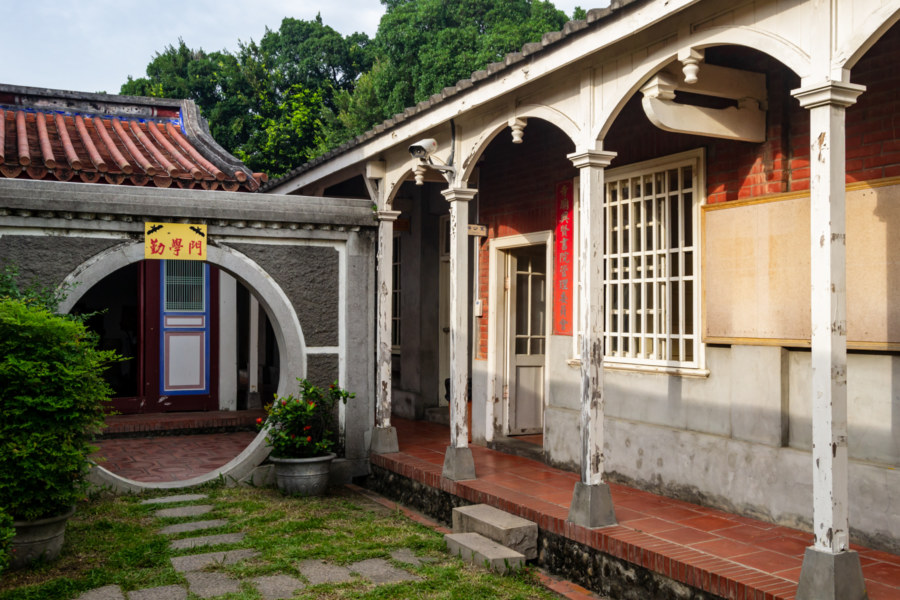
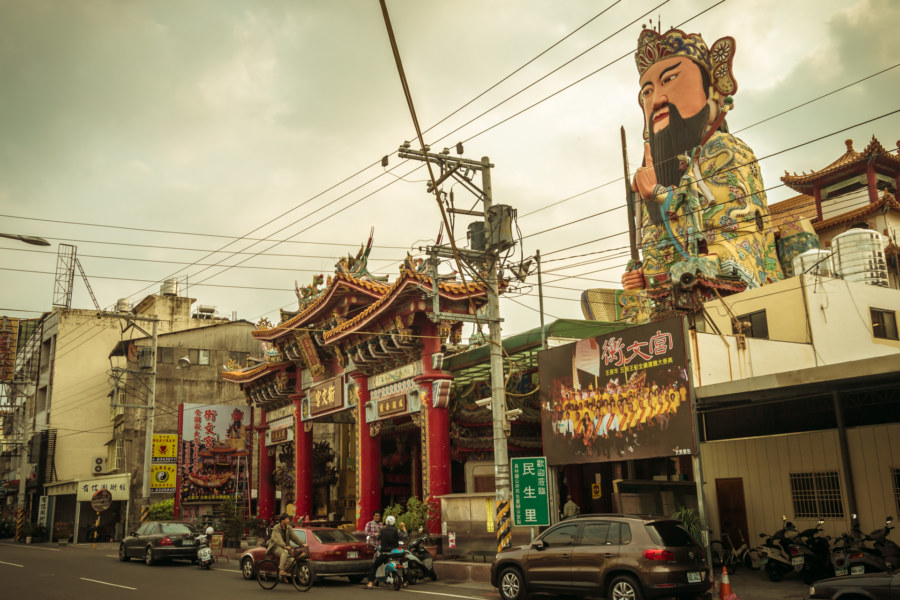
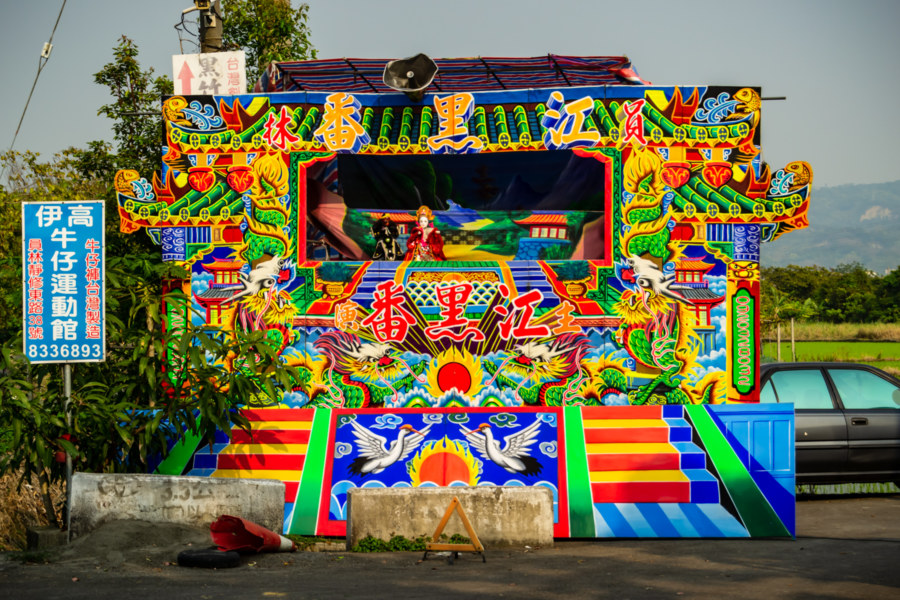
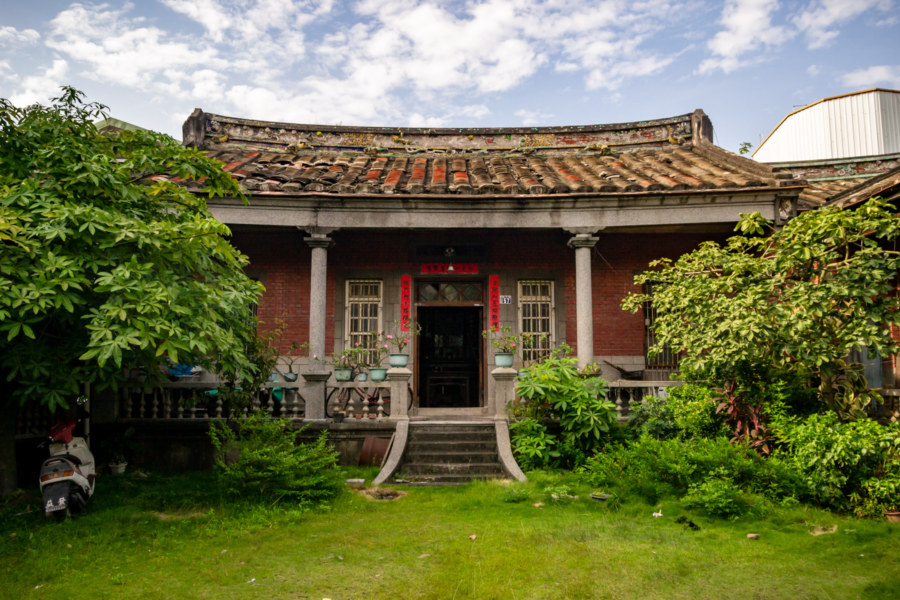
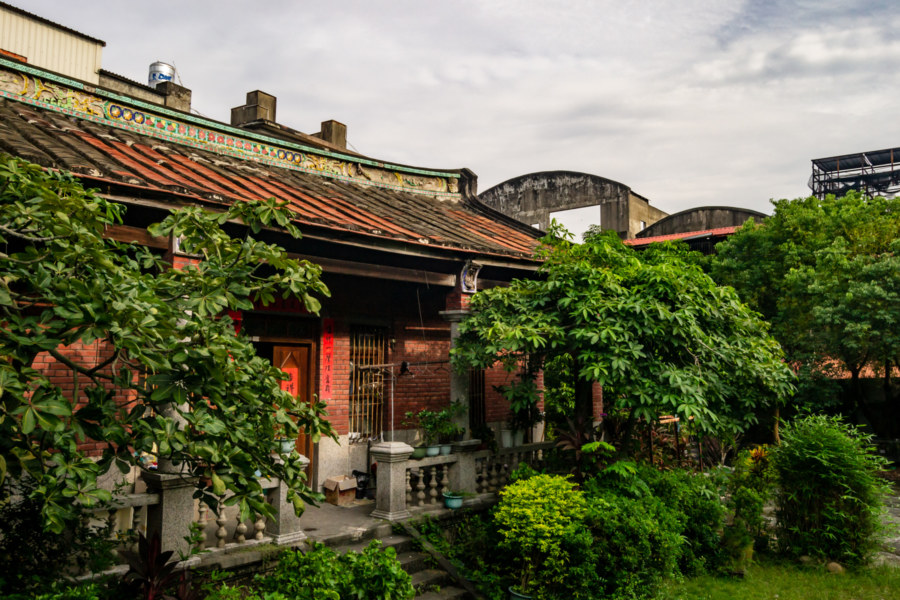
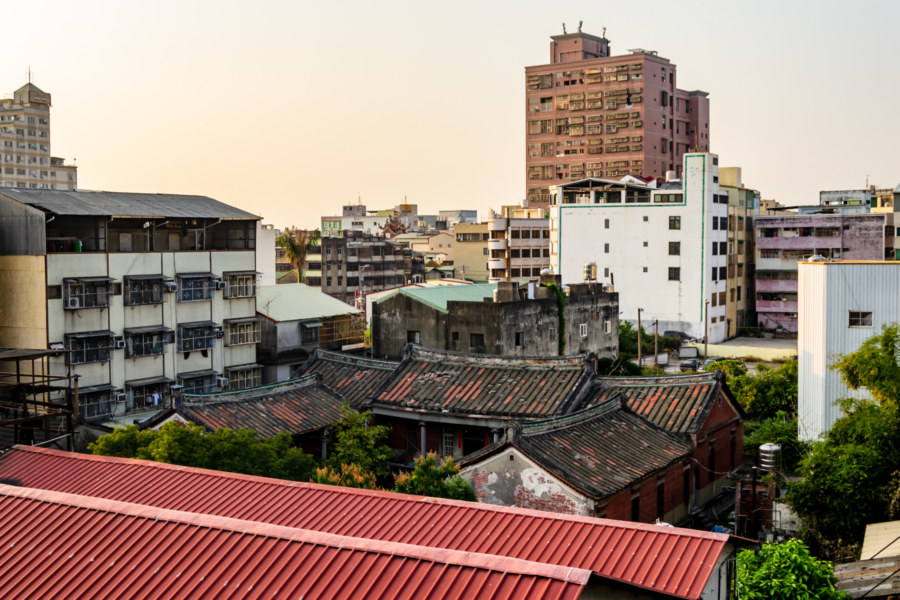
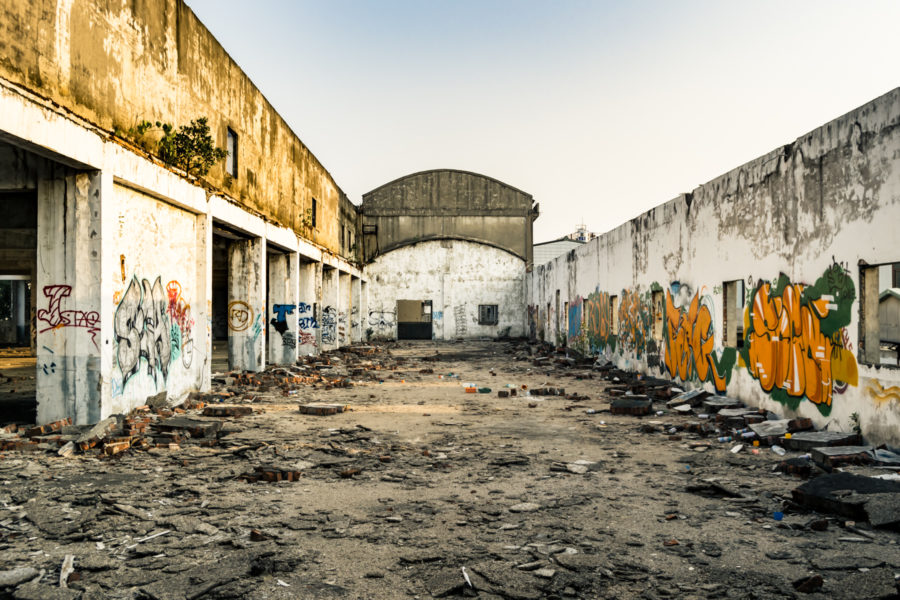
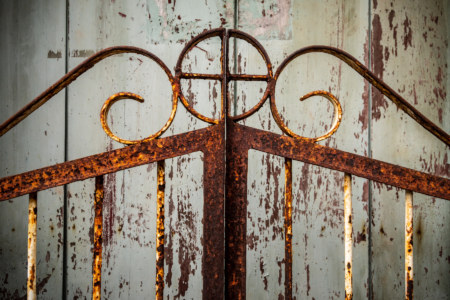
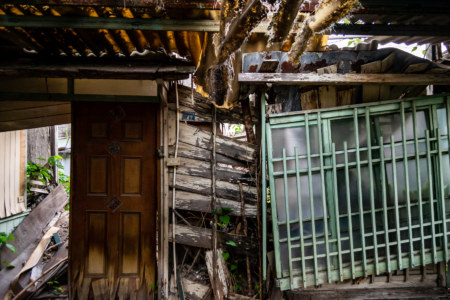
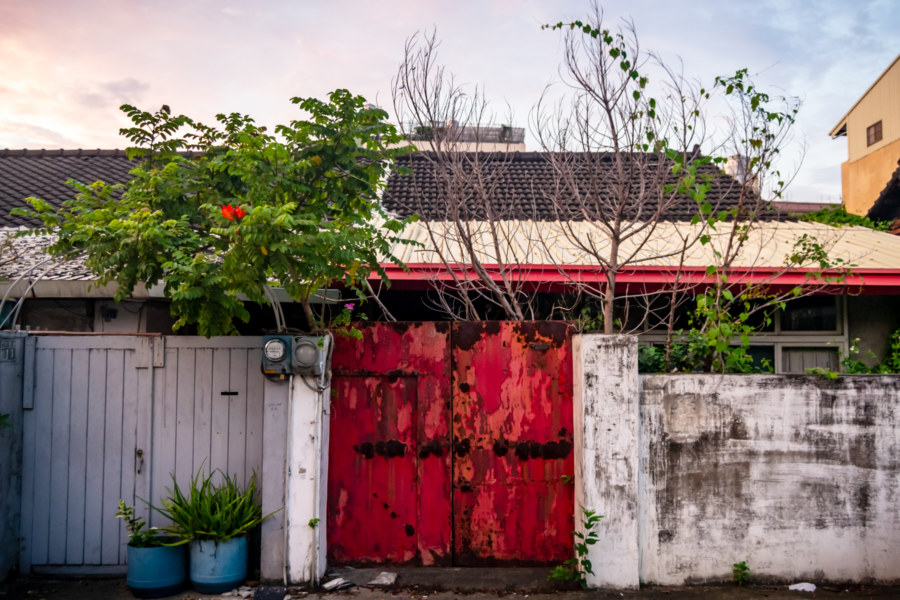
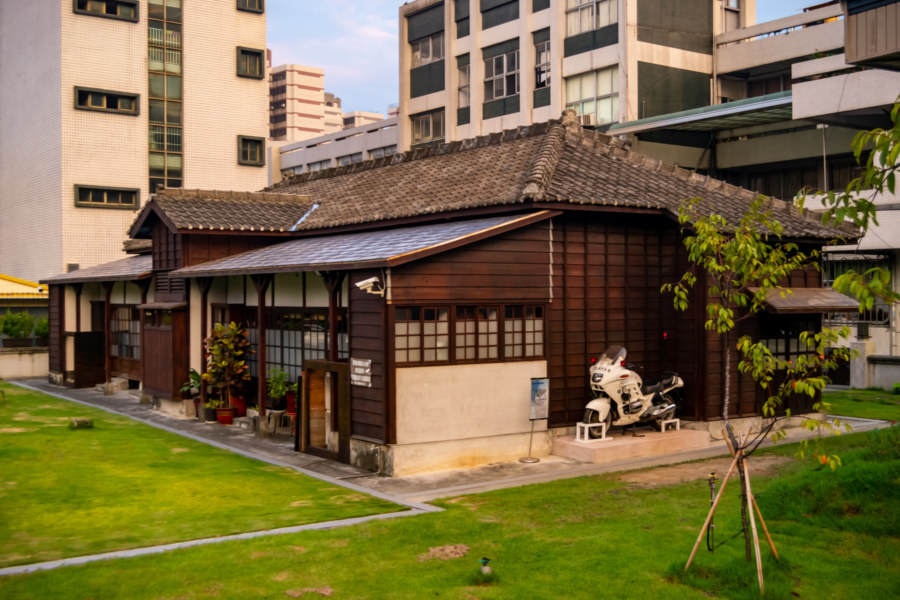
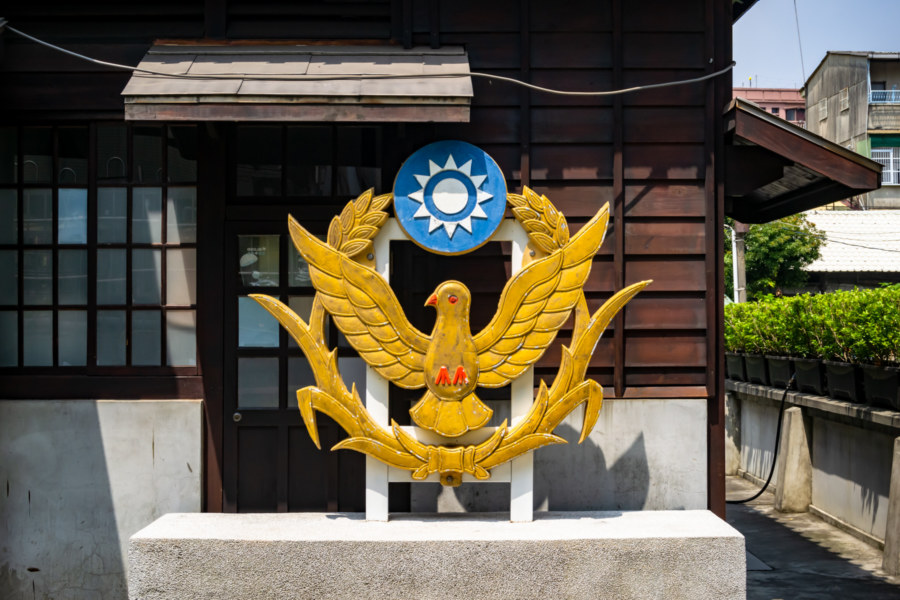
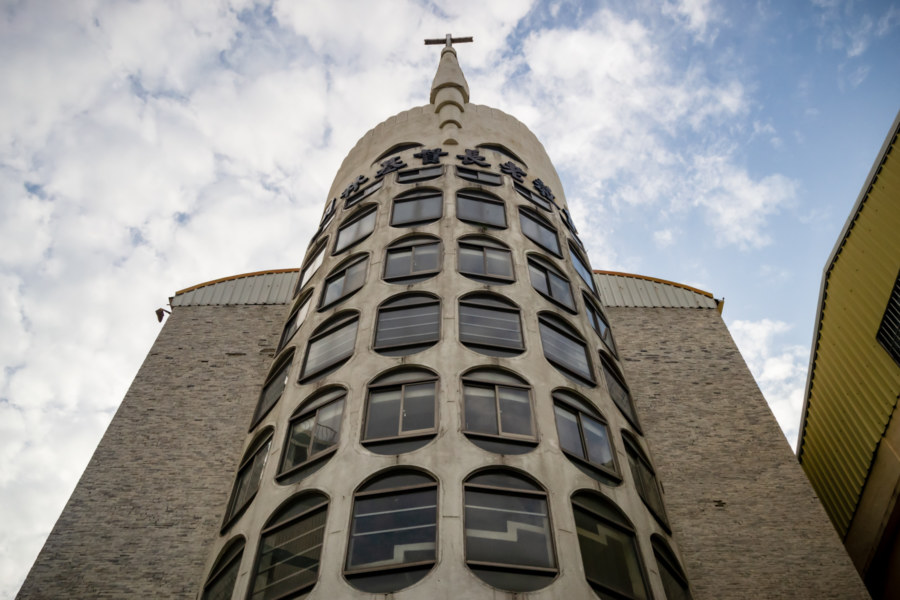
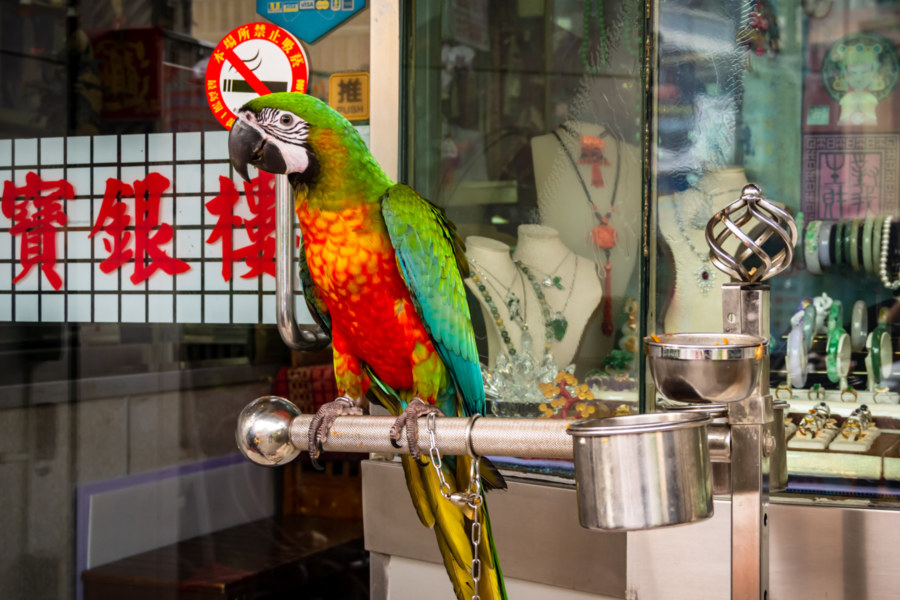
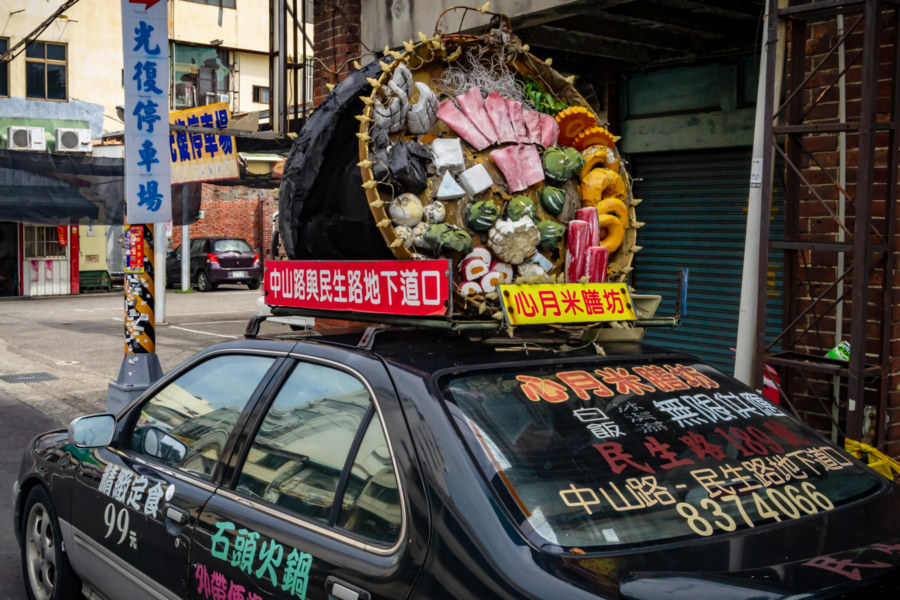
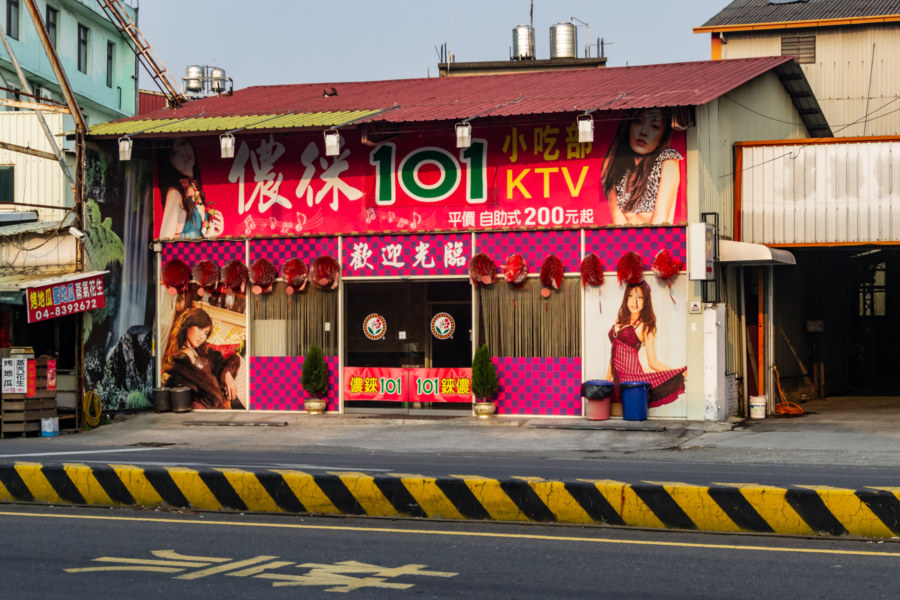
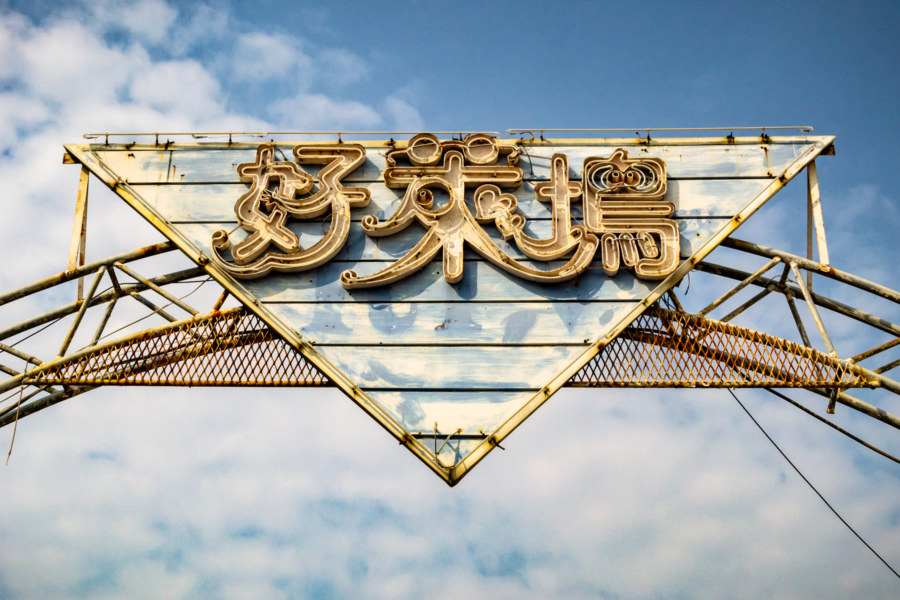
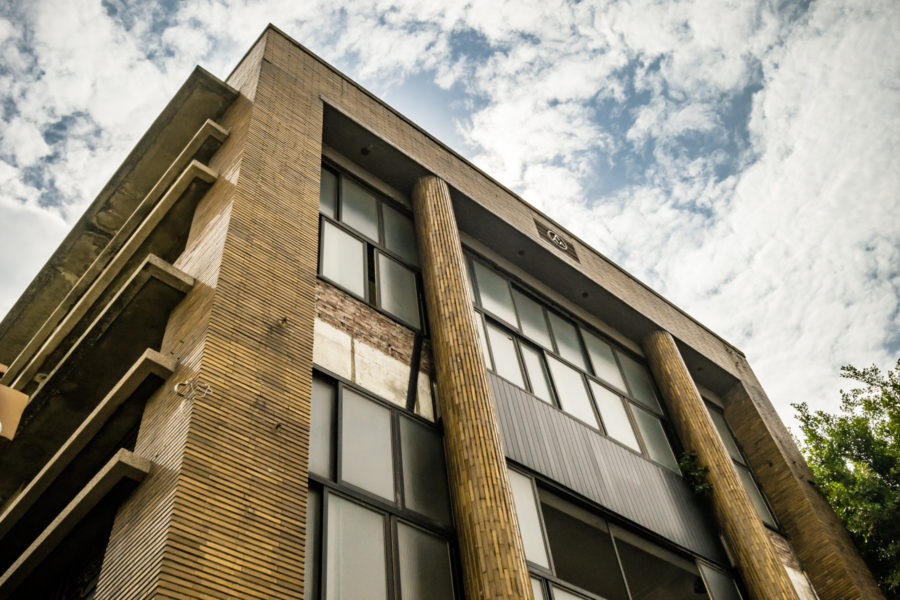
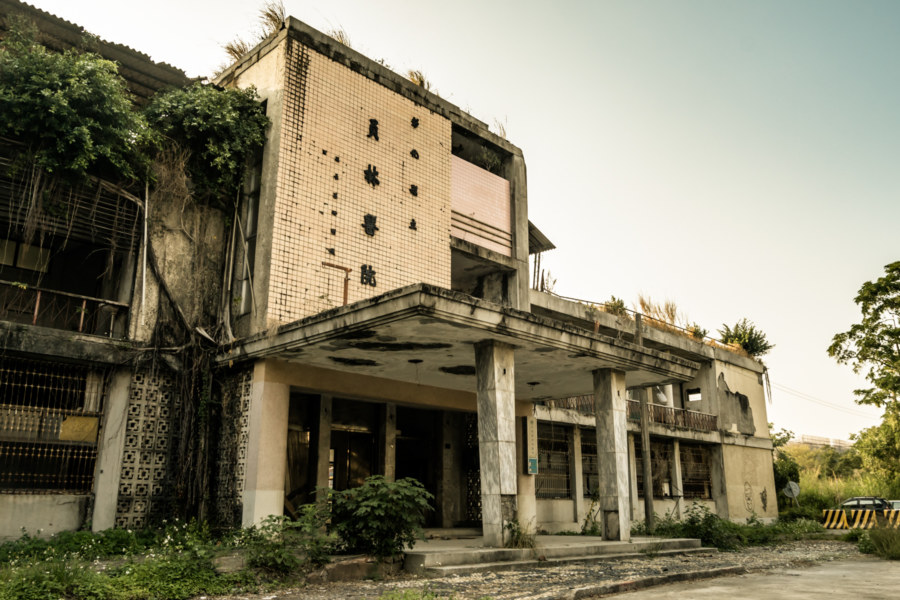
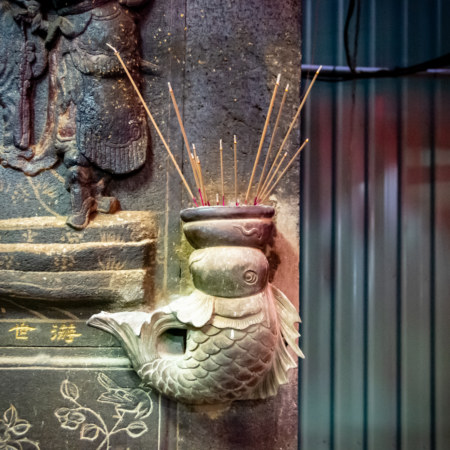
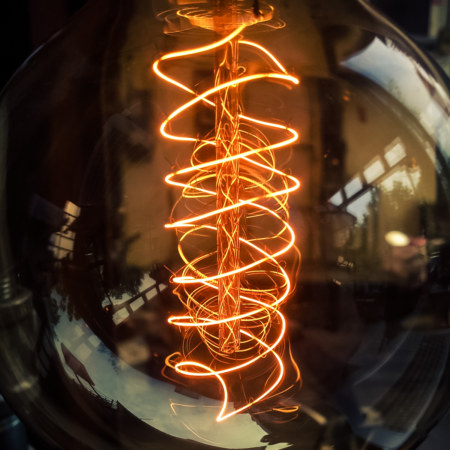
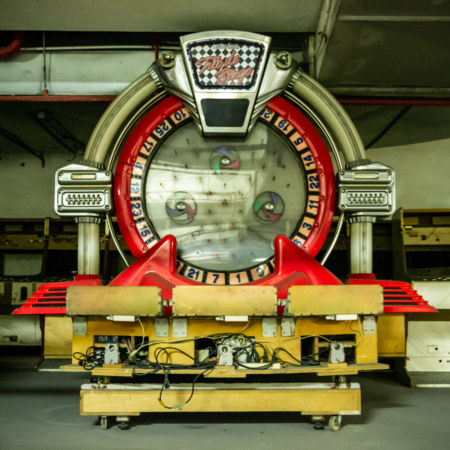
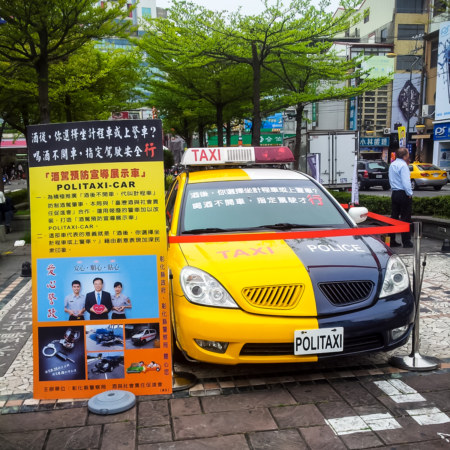
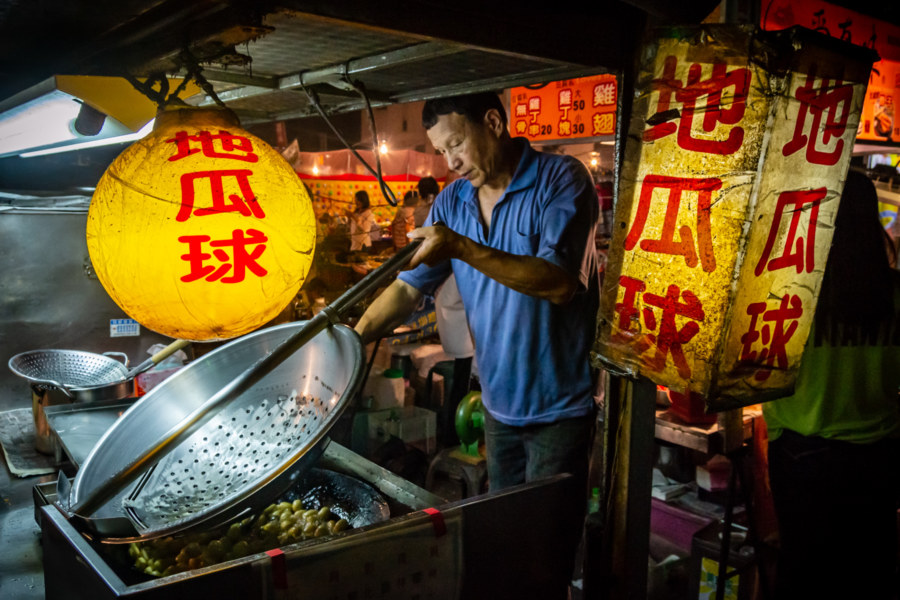
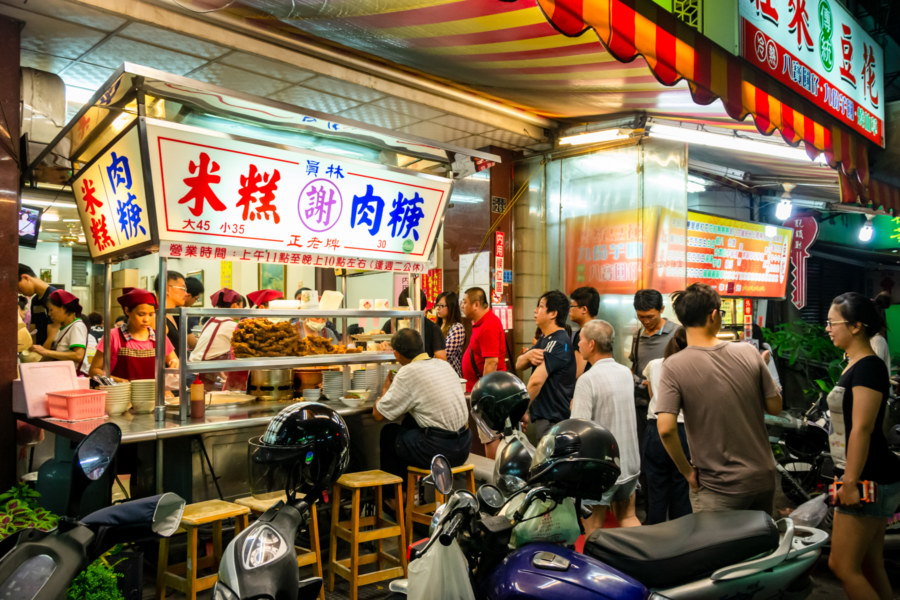
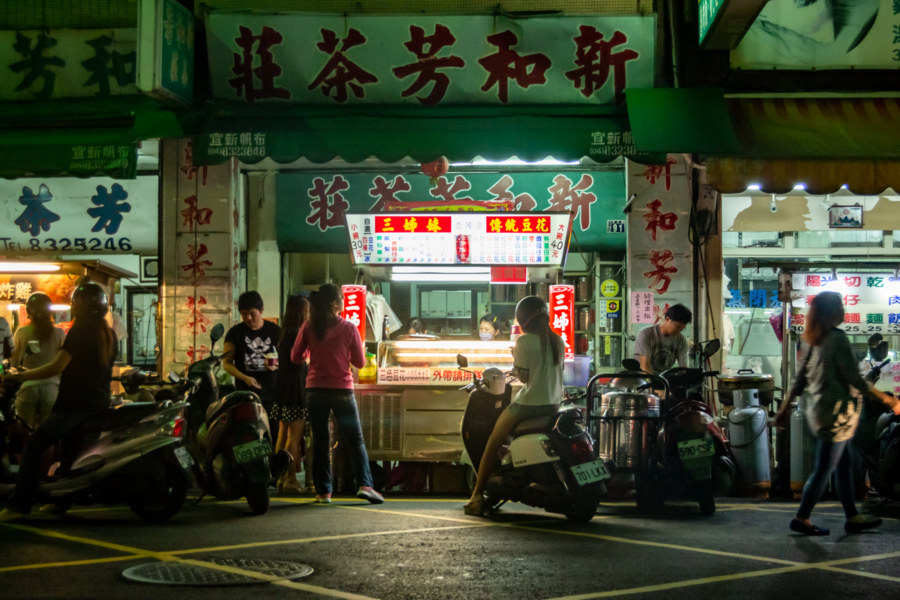
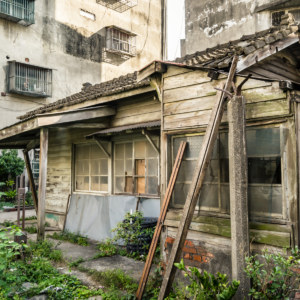
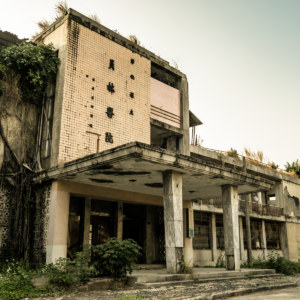
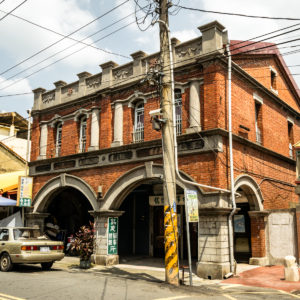
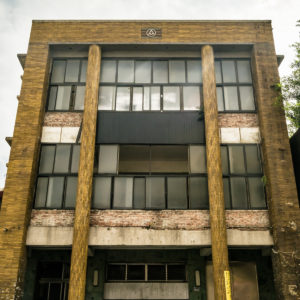
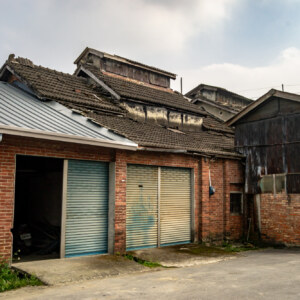
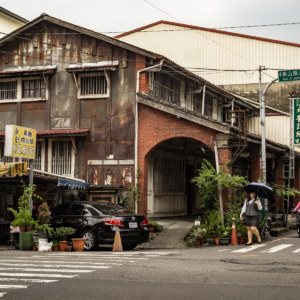
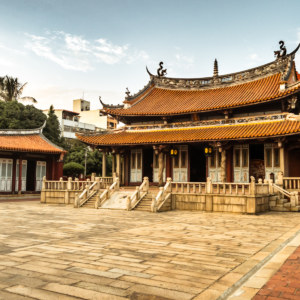
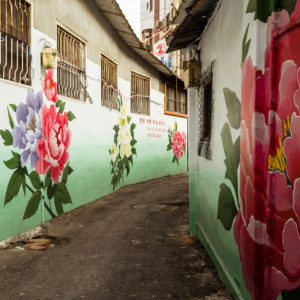
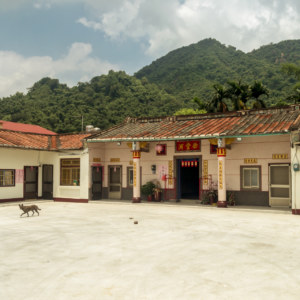
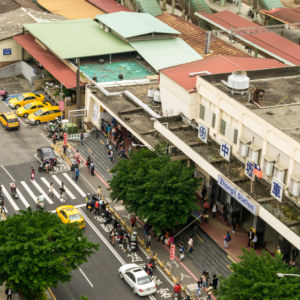
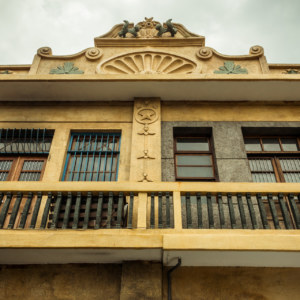
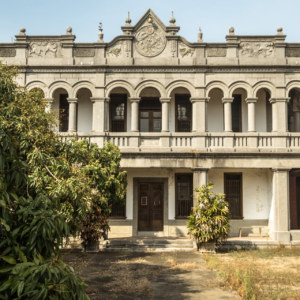
Loved this! I spent my first year in Taiwan living in Yuanlin in 2007. I moved on to Taichung and now call Zhunan home, but Yuanlin will always have a special place in my heart.
Nothing to share, except that I really enjoyed this post, thanks!!
My wife is from Yuanlin, so I’ve ended up spending some time here. I admit I’m among those who found the town “unremarkable, even boring”, so I was very happy to find this article. Even my wife and her family never heard of some of the places you write about. FYI, I did make it into the Police Museum. It’s small and clearly underfunded, but definitely worthwhile to anyone with an interest in Taiwan or local Changhua history.